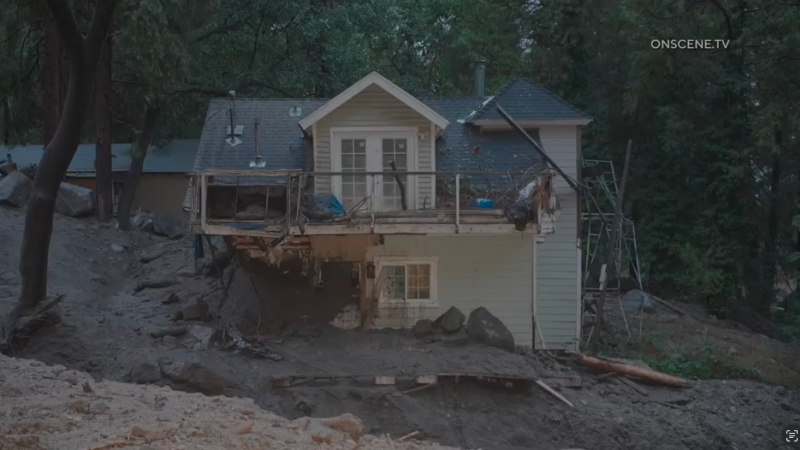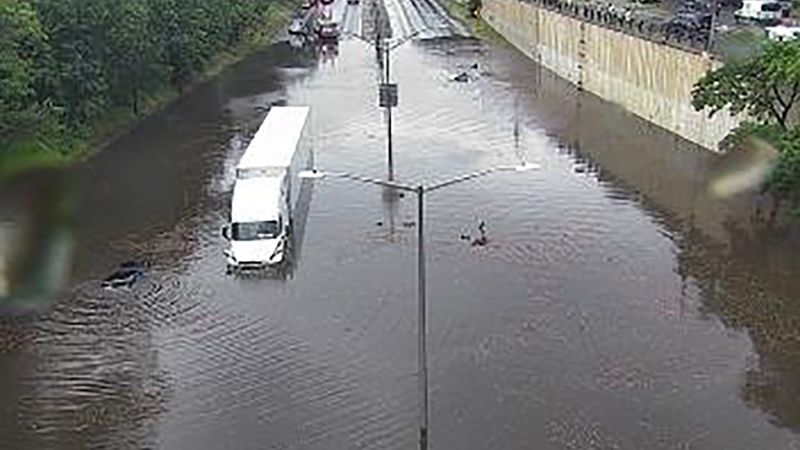
Southern California Mudslides: Devastation and Recovery
World | 9/19/2025
Mudslides caused by heavy rainfall from the remnants of Eastern Pacific Tropical Storm Mario struck Southern California, resulting in extensive damage to homes, roads, and vehicles. The region was inundated by flash floods and deep mudflows as a consequence of the intense thunderstorms that saturated the area.
The aftermath of the mudslides left a trail of destruction, with homes engulfed in mud and roads buried under debris. Cars were also swept away or partially submerged, adding to the chaos caused by the natural disaster. Emergency response teams were swiftly mobilized to assess the situation and provide assistance to affected residents.
Local authorities issued warnings prior to the storm, urging residents to prepare for potential hazards, but the force of the mudslides exceeded expectations, leading to widespread devastation. Rescue operations were underway to ensure the safety of those trapped or stranded due to the calamity.
An unnamed official from the emergency services highlighted the challenges faced in the rescue efforts, stating, “The scale of the damage is significant, and our priority is to locate and assist those in distress.” The impact of the mudslides serves as a stark reminder of the vulnerability of the region to natural disasters, necessitating ongoing preparedness and mitigation measures.
As the cleanup and recovery process begins, the community faces the daunting task of rebuilding and restoring normalcy in the wake of the destruction caused by the mudslides. The incident underscores the importance of disaster management strategies and infrastructure resilience in mitigating the impact of such catastrophic events.


